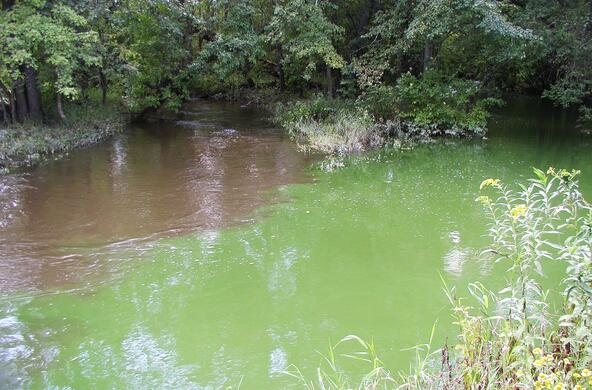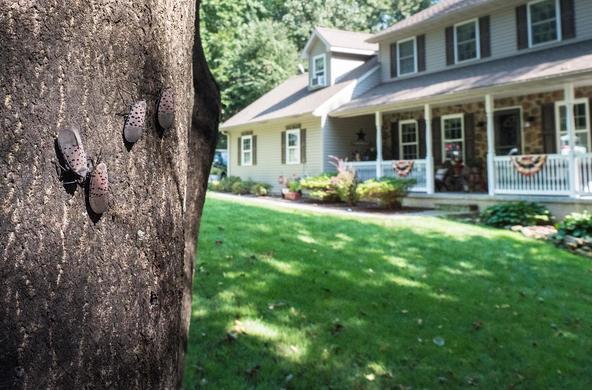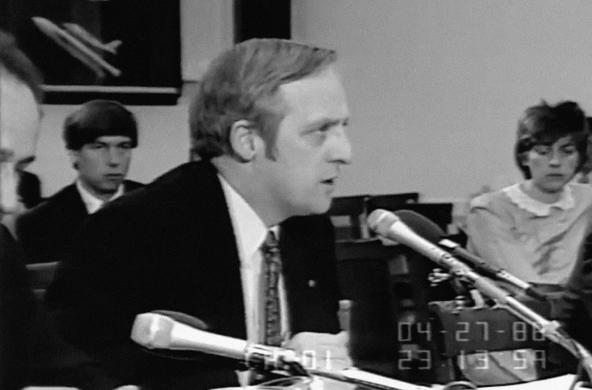While we have been closely focused on the painful nightly White House briefings on coronavirus, at the Environmental Protection Agency (EPA), Trump’s minions have been busy dismantling decades of regulations that have made our air and water much cleaner than 50 years ago.
Essentially, the EPA has pledged not to prosecute anyone who might wish to emit a variety of toxics to our environment. The new policies were rolled out under the guise of giving industry an economic break from the now-certain COVID-19 recession, yet they were announced without including any stated end-date to the new policies.
The EPA will now turn a blind eye to emissions of substances with well-documented health risks, including mercury, chromium, particulate matter, perfluoroalkyl compounds (PFAs), nitric oxide (NOx) and other toxics that have been regulated for decades to the betterment of our air and water quality. Industry lobbied for the lightened regulatory oversight.
Air pollution is responsible for a wide variety of cardiovascular (heart attacks and stroke) and respiratory ailments, including asthma, emphysema and pneumonia. These conditions exacerbate respiratory disease such as COVID-19. Worldwide, air pollution is thought to result in 3.3 million premature deaths per year. Air pollution regulations alone are estimated to have dropped premature mortality in the United States from 100,000 per year to 65,000 per year during the past 15 years. That’s a total of 525,000 citizens who might not otherwise be alive today.
Current estimates suggest that the United States may lose up to 200,000 to COVID-19. This is an alarming number of deaths over such a short period of time. Unlike COVID-19, air pollution does not leave a stack of bodies at the local morgue. Air pollution plays out slowly over a large area, and is difficult to trace back to source. It creates no panic in the emergency room, and no scramble to find masks and ventilators. Air pollution quietly extracts its toll each year, for many years, so the accumulated mortality is huge. When the dust settles, the roll-back of air pollution regulations is likely to take a larger toll on society than COVID-19.
Of course, unlike our response to COVID-19, we know how to deal with air pollution. Informed by science, stronger—not weaker—controls on the emissions of harmful substances is where to start. According to its own mission statement, the EPA is responsible for creating standards and laws promoting the health of individuals and the environment. In recent years, the EPA has been taken over to benefit special interest groups.
Like Butch Cassidy and the Sundance kid, we can only ask: “Who are those guys?” I presume they breathe the same air that we do.
References
Bell, M.L., A. McDermott, S.L. Zeger, J.M. Samet, and F. Dominici. 2004. Ozone and mortality in 95 US urban communities, 1987 to 2000. Journal of the American Medical Association 292: 2372-2378.
Dedoussi, I.C., S.D. Eastham, E. Monier, and S.R.H. Barrett. 2020. Premature mortality related to United States cross-state air pollution. Nature 578: 261-265
Kravchenko, J., I. Akushevich, A.P. Abernethy, S. Holman, W.G. Ross, and H.K. Lyerly. 2014. Long-term dynamics of death rates of emphysema, asthma, and pneumonia and improving air quality. International Journal of COPD 9: 613-627
Lelieveld, J., J.S. Evans, M. Fnais, D. Giannadaki and A. Pozzer. 2015. The contribution of outdoor air pollution sources to premature mortality on a global scale. Nature 525: 367-371.
Shindell, D.T. 2015. The social cost of atmospheric release. Climatic Change 130: 313-326.
Wang, M. et al., 2019. Association between long-term exposure to ambient air pollution and change in quantitatively-assessed emphysema and lung function. Journal of the American Medical Association (JAMA) 322: 546-556.








